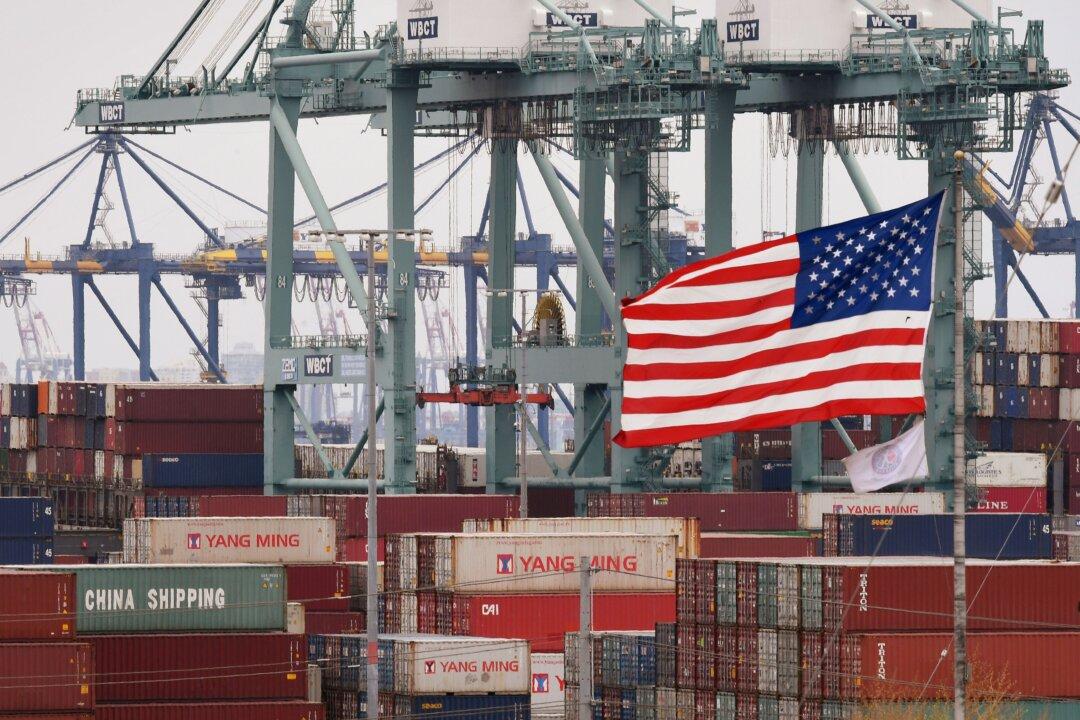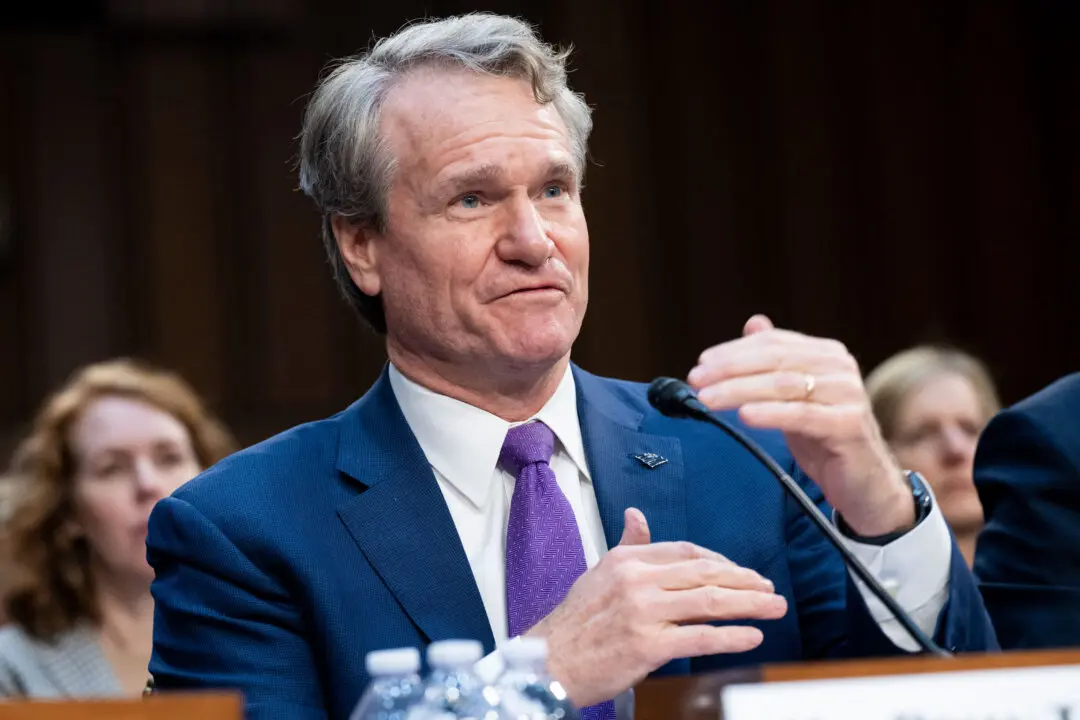A new business cycle report shows that despite battling headwinds, the American economy presses forward with grit, and there are good reasons for optimism.
Nick Reece, senior financial analyst and portfolio manager at Merk Investments, and author of the report told The Epoch Times in a statement that the economy is showing improvement and the probability of a near-term recession is low.





